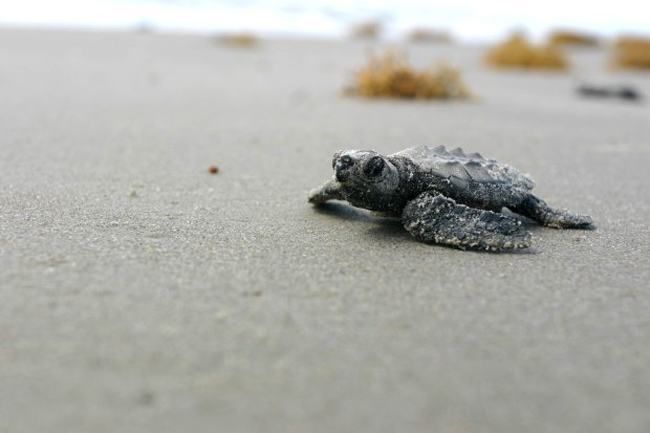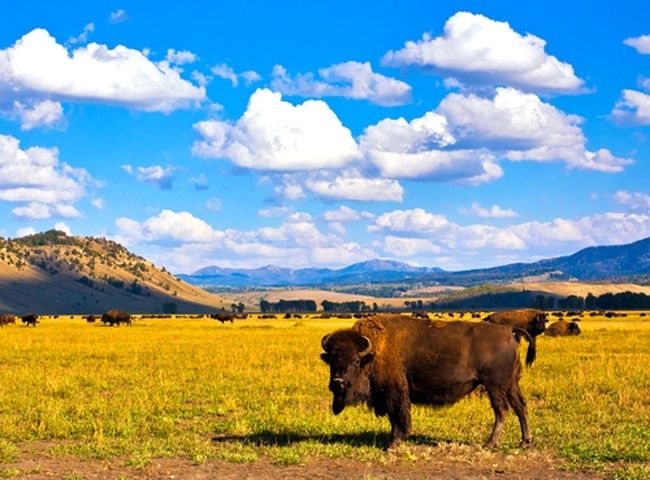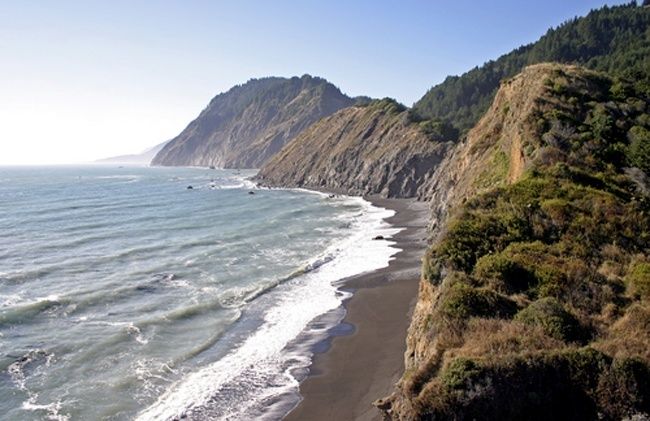

There are so many amazing places to go in the world that you can’t possibly get to all of them in your lifetime. But I think everyone has that bucket list of places that they have always wanted to go to or things they’ve always wanted to do. Here at EcoWatch, we are all about eco-vacations. And with the National Park Service turning 100 next year, it’s a great time to get out and explore America’s beautiful natural places. So, I’ve put together this list of 10 places to consider for your summer vacation that are sure to be fun for you and your family while connecting you with the beauty of our natural world.
1. Watch baby sea turtles get released on North Padre Island
There’s a hatchery within Texas’s Padre Island National Seashore on the Gulf of Mexico that protects the turtle eggs until they hatch. The releases occur from mid-July to late August and are open to the public near the Malaquite Beach Visitor Center. You can camp within the park for only $8 a night.
2. Go where the bison roam
These creatures are so majestic. And there’s an estimated 3,000 of them in America’s first national park—Yellowstone. There’s so much to do and see in this massive park of 2.2 million acres besides taking in these beautiful creatures with geysers, hot springs, and plenty of wildlife to see on the more than 900 miles of hiking trails within the park.
3. Hike the Lost Coast Trail
For those up for it, the three-day 24-mile hike along California’s rugged northern coast is well worth it. The “Lost Coast” is an 80-mile stretch of the California coast that developers of Highway 1 left untouched in the 1930s because development in the area proved too difficult. You can take in the beautiful California surf on one side and scenic cliffs on the other as you tour abandoned lighthouses and walk past sea lions basking on the beach. Make sure to print a tide table before going as a few parts of the trek become impassable at high tide.

 233k
233k  41k
41k  Subscribe
Subscribe 


